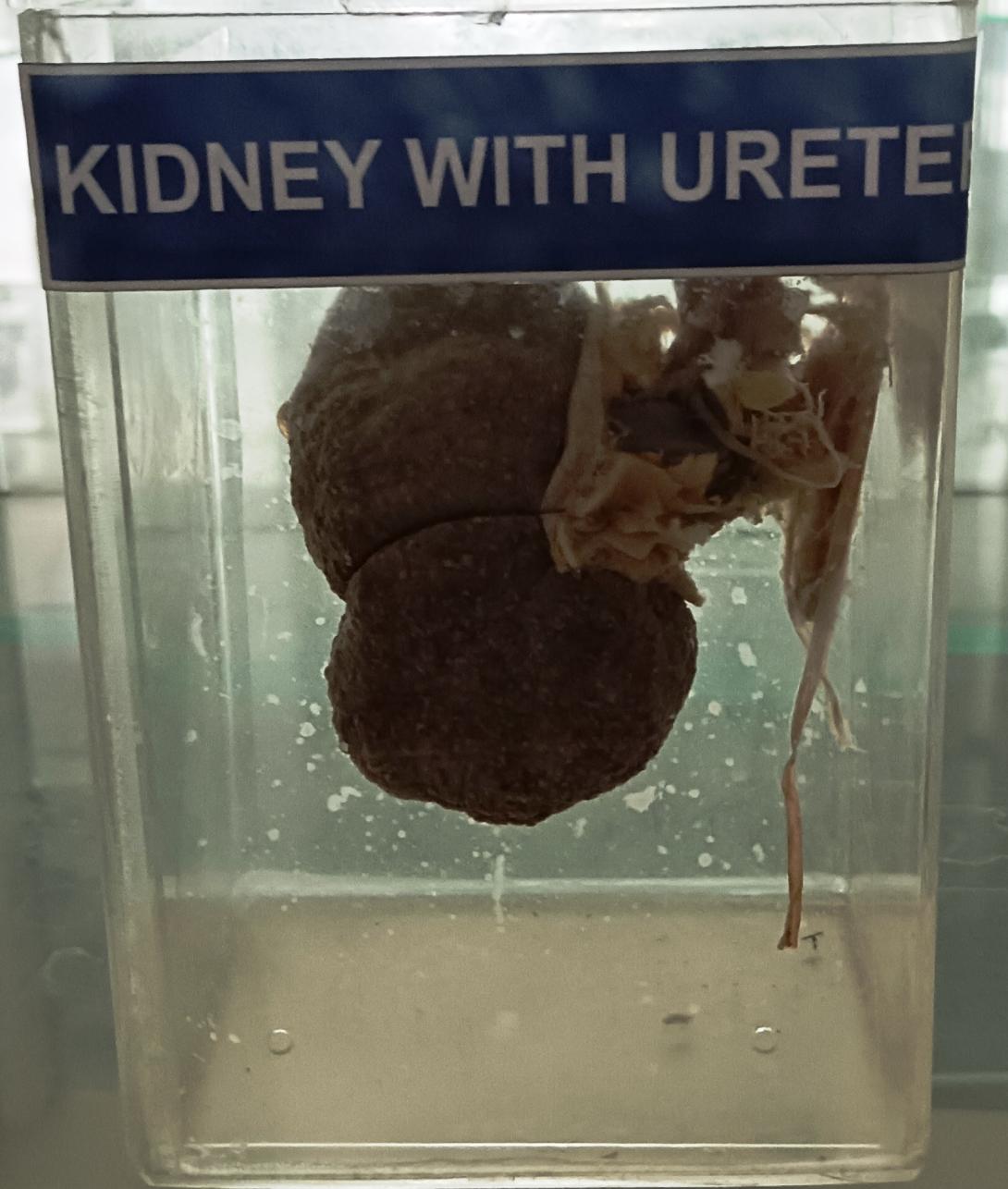The kidneys are two bean-shaped organs located in the upper abdominal cavity, one on each side of the spine. They are responsible for filtering blood, removing waste products, and regulating the balance of fluids and electrolytes in the body.
Each kidney is connected to the bladder by a tube-like structure called the ureter. The ureter is a muscular tube that contracts rhythmically to move urine from the kidney to the bladder.
The kidneys are divided into two main regions: the outer cortex and the inner medulla. The cortex contains the glomeruli, which are small blood vessels that filter waste products from the blood. The medulla contains the collecting tubules, which carry urine from the cortex to the renal pelvis.
The renal pelvis is a funnel-shaped structure at the center of the kidney where the collecting tubules converge. From there, the urine flows into the ureter and on to the bladder.
The ureter is a long, muscular tube that runs from the kidney to the bladder. It is about 25-30 cm long and is divided into three parts: the upper, middle, and lower segments. The upper segment is located in the renal pelvis, the middle segment runs through the abdominal cavity, and the lower segment runs through the pelvic cavity.
The ureter is lined with smooth muscle, which contracts rhythmically to move urine from the kidney to the bladder. At the point where the ureter enters the bladder, there is a one-way valve that prevents urine from flowing back up into the kidney.

